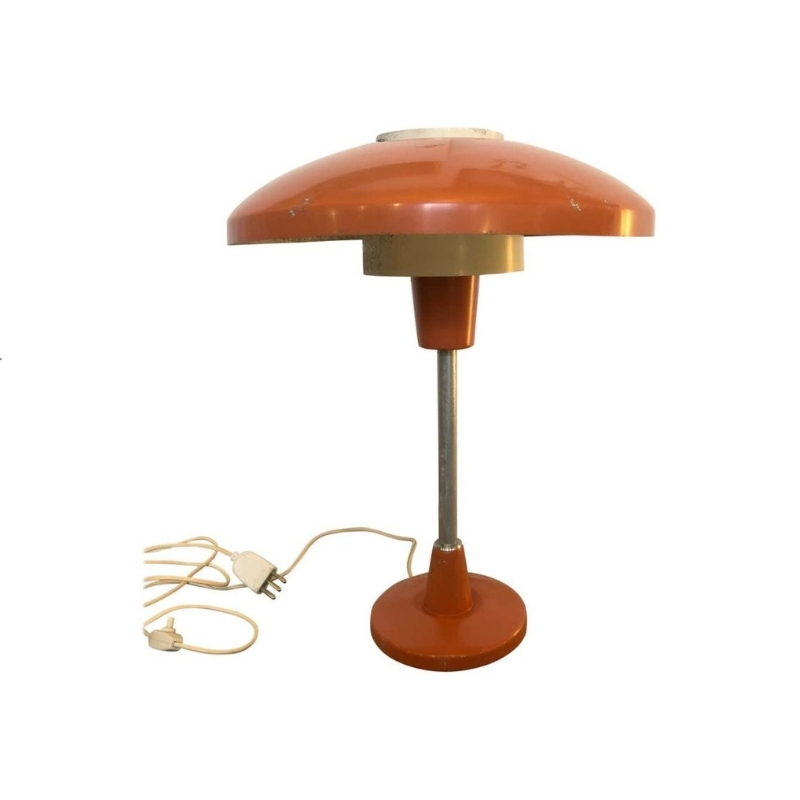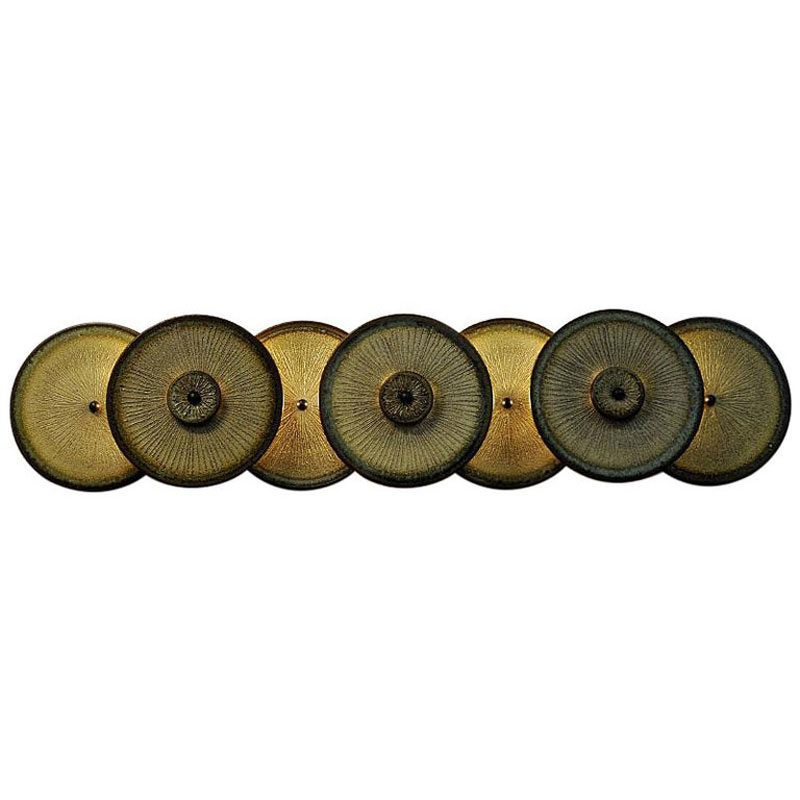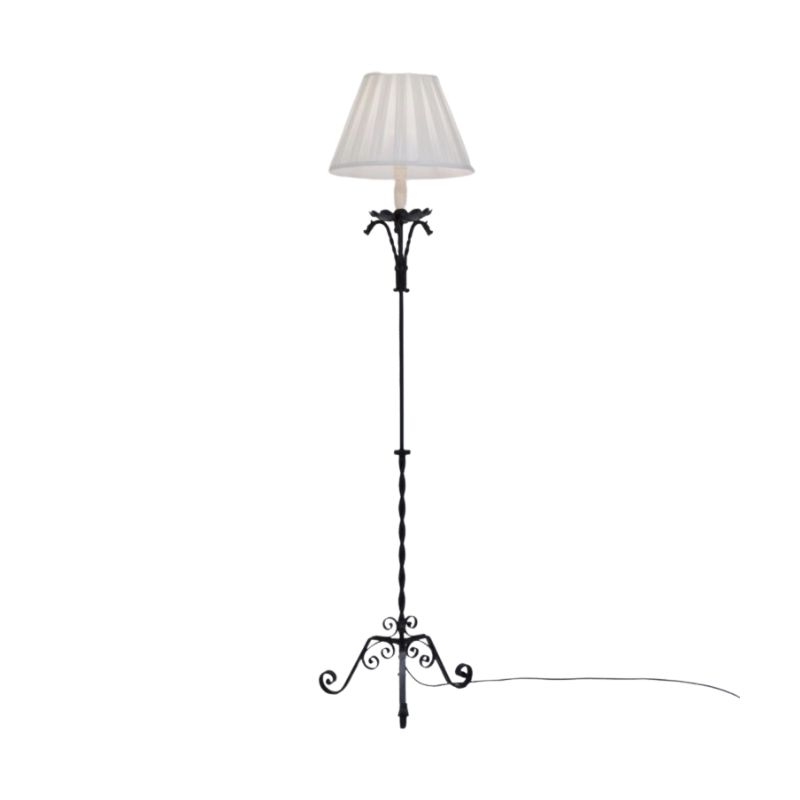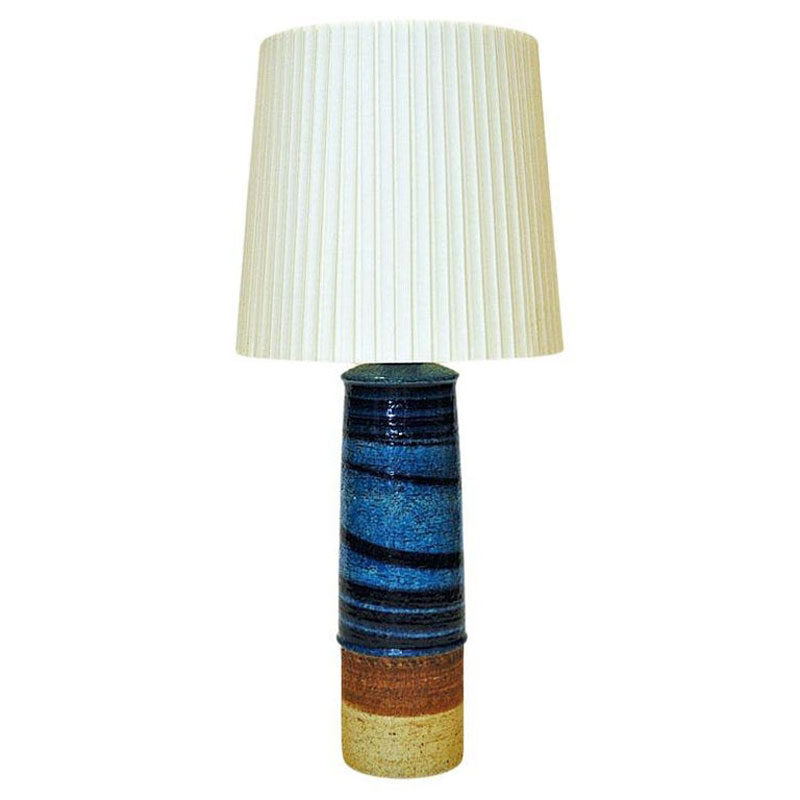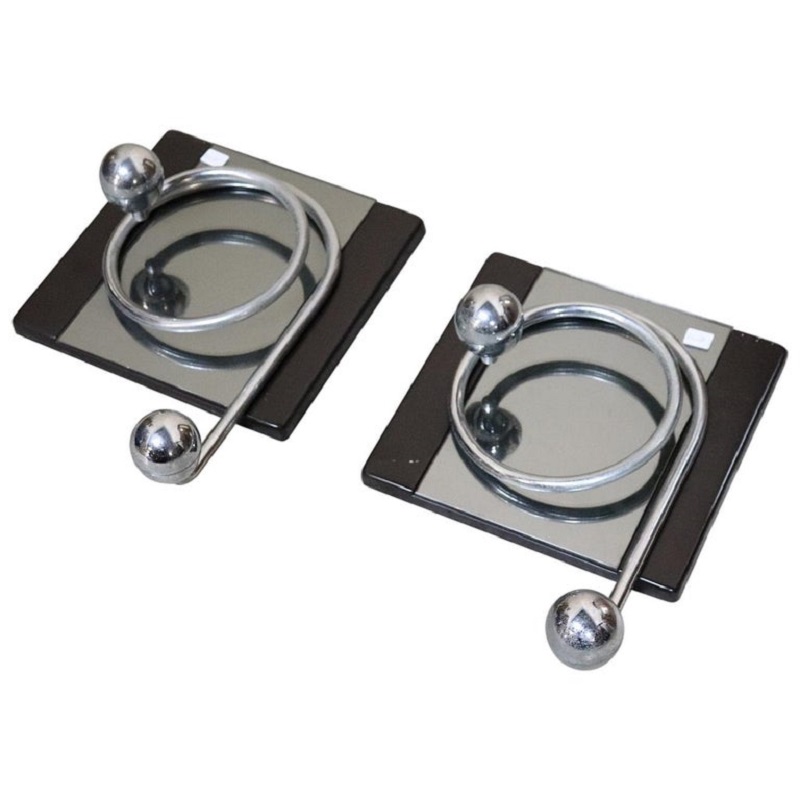I recently acquired three unmarked dining chairs that had me stumped for a week before discovering the maker. The chairs initially caught my attention as they looked familiar. After a closer look, they seemed to be a hybrid between Finn Juhl's Egyptian chair and Rastad and Relling's Bambi chair. So I nicknamed them the Egyptian Bambi chairs.
The quiz part is to see if anyone has come across these chairs before and knows who the manufacturer is (I was eventually able to find 4 listings other than mine).
The ID part is to see if anyone has any vintage documentation that identifies the designer. All the listings claim the same well-known designer, but this appear to be the case of someone initially making a questionable attribution, then monkey see, monkey do. The chairs in the listings are marked with the manufacturer. Mine are unmarked.
Hint: the wood is afrormosia. <img class="wpforo-default-image
<img class="wpforo-default-image
I have seen this design described as Kurt Ostervig.
Some sellers credit Bramin as the manufacturer and others Brande. At least Ostervig was known to have designed pieces for Brande. Perhaps they are misreading a faded Brande stamp for Bramin.
It's bugging me because I'm sure I have an image of this in a Mobilia somewhere.
Does the Afrormosia clue point to something Norwegian in origin?
Handsome looking chairs.
All Afrormosia could also point to a Bramin origin (there are a fair number of Bramin pieces that were sometimes executed in all Afrormosia e.g. The the Reenskaug rocker or Hans Olsen's modular sofa system and various others of his chairs).
Off the top of my head Schou Andersen is the only other Danish shop that sometimes used Afrormosia as a primary wood. I am sure there are others, but it really wasn't common to use Afrormosia as a primary wood in Denmark. (There was lots of secondary Afrormosia use, and Wegner, for example, did it a lot).
I don't recall seeing a Brande møbelfabrik piece ever executing in all Afrormosia...
In Norway, by contrast, as you mentioned Afrormosia did get used as a primary wood in a lot designs.
HM,
Bramin is indeed the correct manufacturer, as multiple listings have marked chairs. All of the listings reference Ostervig as the designer, but two pretty much admitted that they got their attribution from other listings. I can find no relationship between Bramin and Ostervig.
I have tracked down a museum in Bramming that held a furniture exhibition a few years ago for local manufacturers, including Bramin (N.A.Jorgensens) with their lead designer, H.W. Klein. I sent the curator an email inquiry about these chairs, as well as the Bramin "fox-eared" chairs, but have not yet heard back.
I find it interesting that none of the listings mention the design similarities with the Egyptian chair, as that was the first image that popped in my mind when I saw these chairs.
If you need any help, please contact us at – info@designaddict.com





